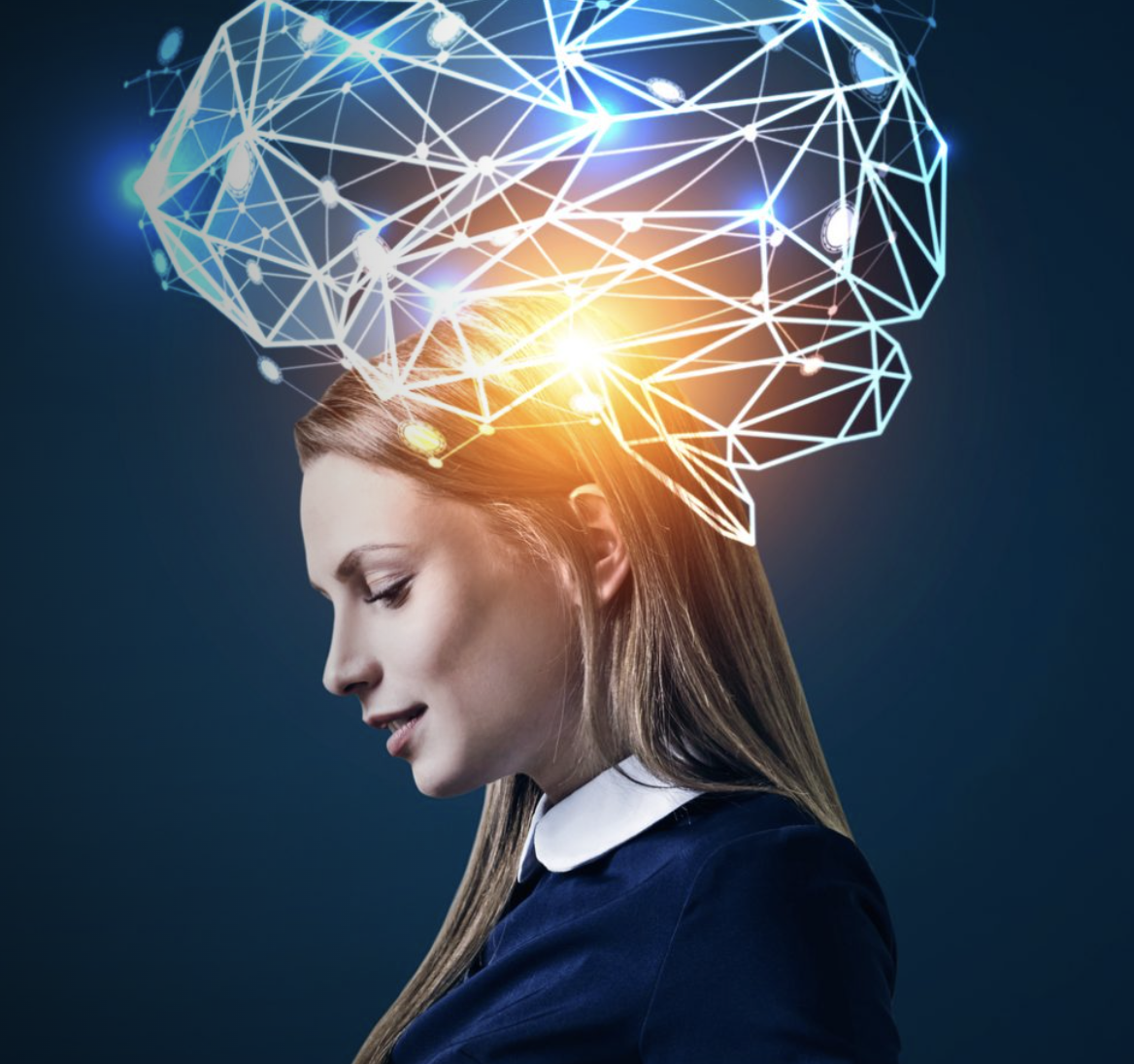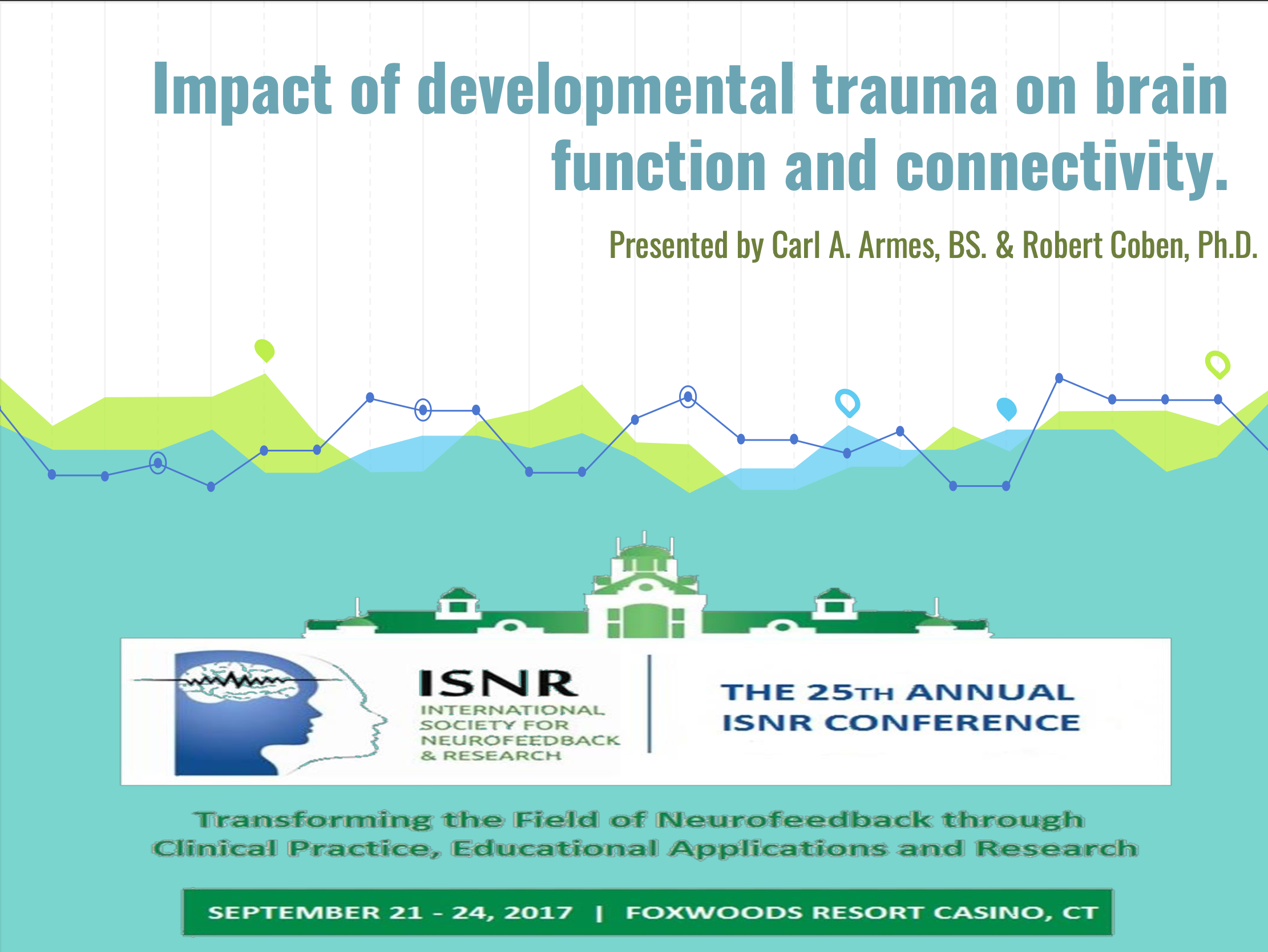
Integrate Brain Health
Independent Research
01
Representing Temporal Network based on dDTF of EEG signals in Children with Autism and Healthy Children
Autism, Electroencephalography, direct Directed Transfer Function, Effective Connectivity
Temporal Network Theory, Directed Temporal Network
02
Four Channel Multivariate Coherence Training: Development and Evidence in Support of a New Form of Neurofeedback
The use of QEEG guided neurofeedback in the treatment has shown promise as an emerging treatment. To date, EEG based neurofeedback approaches have used technology with limited sophistication. We designed a new form of neurofeedback that uses four channels of EEG with a multivariate calculation of coherence metrics. Following a mathematical presentation of this model, we present findings of a multi-site study with clinical subjects with various diagnoses. We compared this form of multivariate coherence neurofeedback to the more standard two channel coherence training. Findings showed that there was a significant difference between the groups with four channel multivariate coherence neurofeedback leading to greater changes in EEG metrics.
03
19 Channel Z-Score and LORETA Neurofeedback: Does the Evidence Support the Hype?
Robert Coben, D. Corydon Hammond, and Martijn Arns
We conducted a review of the empirical literature to determine if such claims were warranted. This
review included the above search terms in Pubmed, Google scholar and any references that met our criteria from the
ZNFB publication list and was restricted to group based studies examining improvement in a clinical population that
underwent peer review (book chapters, magazine articles or conference presentations are not included since these are not peer reviewed). Fifteen relevant studies emerged with only six meeting our criterion.
04
Using quantitative and analytic EEG methods in the understanding of connectivity in autism spectrum disorders: a theory of mixed over- and under-connectivity
Robert Coben1,2*, Iman Mohammad-Rezazadeh3,4 and Rex L. Cannon5 We have presented three different forms of multivariate connectivity analysis with increasing levels of sophistication (including one based on principle components analysis, sLORETA source coherence, and Granger causality) to present a hypothesis that more advanced statistical approaches to EEG coherence analysis may provide more detailed and accurate information than pairwise measurements. Neural connectivity in epilepsy as measured by Granger causality Robert Coben1,2* and Iman Mohammad-Rezazadeh3 We present data showing how Granger causality can be used with EEG data to measure connectivity across brain regions involved in ictal events and their resolution. We have provided two case examples as a demonstration of how to obtain and interpret such data.
05
A Review of Traditional and Novel Treatments for Seizures in Autism Spectrum Disorder: Findings from a Systematic Review and Expert Panel
Richard E. Frye, Daniel Rossignol, Manuel F. Casanova, Gregory L. Brown, Victoria Martin, Stephen Edelson, Robert Coben, Jeffrey Lewine, John C. Slattery, Chrystal Lau, Paul Hardy, S. Hossein Fatemi, Timothy D. Folsom, Derrick MacFabe, and James B. Adams
Systematic review article based on expert panel first gathered at Autism One conference in 2009. Presents evidence in support of traditional and non-traditional treatments.
06
EEG Analyses in the Assessment of Autistic Disorders
Robert Coben , Robert J. Chabot , and Laurence Hirshberg
Chapter on QEEG findings in autism published in the text Imaging in Autism (2013). Co-authored with Bob Chabot and Larry Hirshberg. Includes subtyping, Vareta and discriminant data in the largest sample to date.
07
Neurofeedback for Autism Spectrum Disorders: Emerging Empirical Evidence
Robert Coben
This chapter which summarizes recent research and findings was published in the new book entitled Imaging in Autism. Neurofeedback is highlighted as one of the few treatments mentioned in this book by Dr. Robert Coben.
08
The Relative Efficacy of Connectivity Guided and Symptom Based EEG Biofeedback for Autistic Disorders
Robert Coben, Thomas E. Myers
One of the few studies published that empirically compared forms of neurofeedback. Demonstrates relatively greater improvements from qeeg guided connectivity based neurofeedback even after patients are equated for diagnosis and symptom severit



